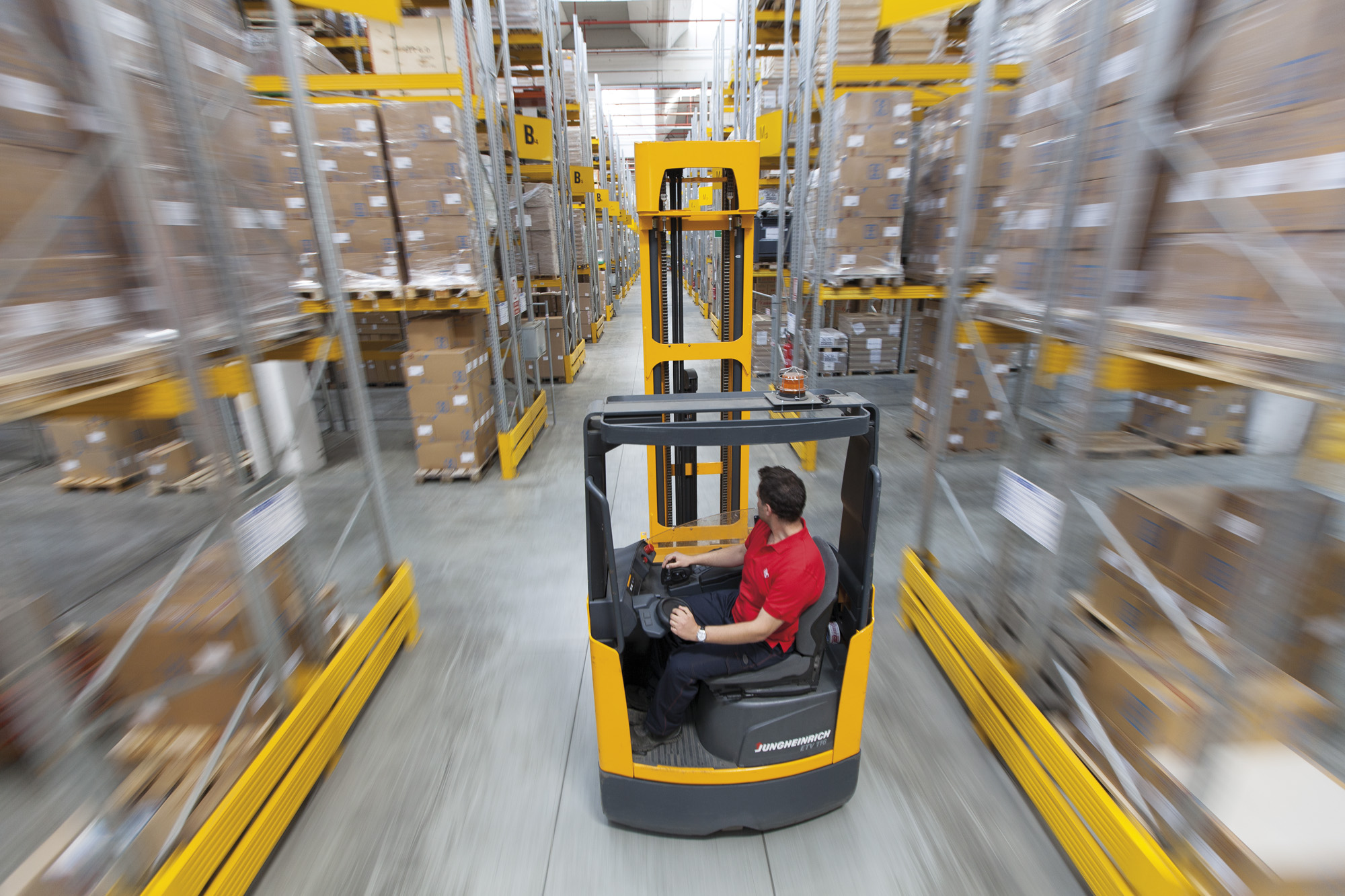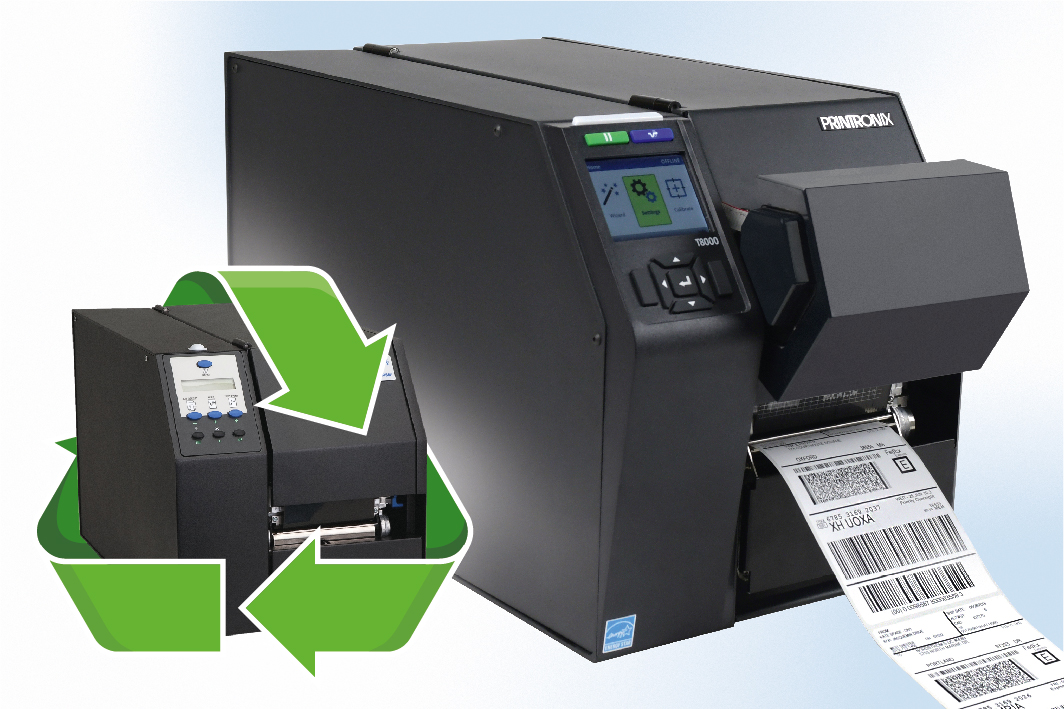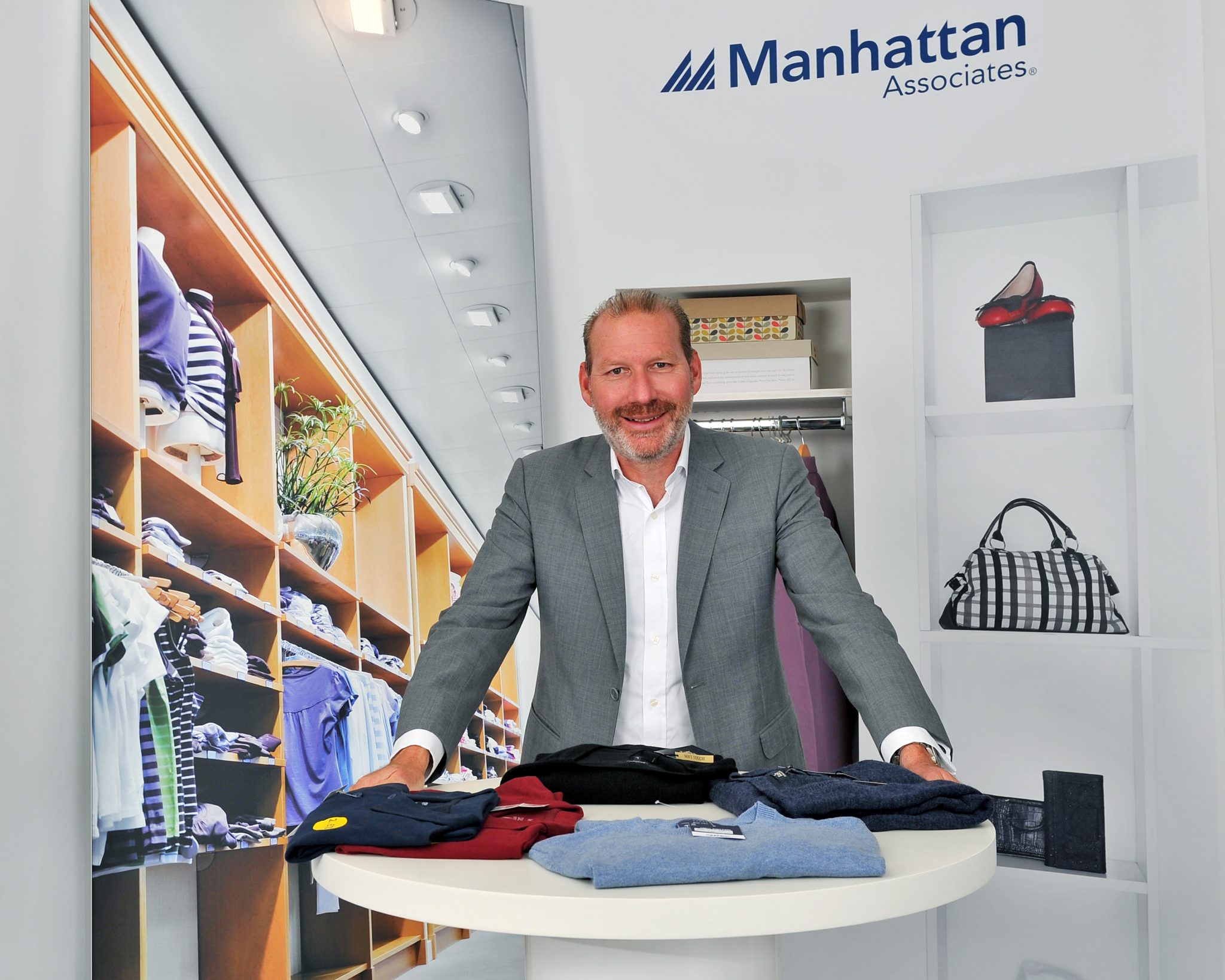Craig Summers, UK Managing Director, Manhattan Associates, on the retail Wow factor and the role of logistics providers.
Embracing technology is a prerequisite for success in the modern retail environment. There are many ways in which retailers can deliver a new in-store experience – and while some retailers will undoubtedly look to emulate the human touch free Amazon Go model, for many others, human interaction is the primary and fundamental component of a positive bricks and mortar experience. From hiking boots to party shoes, it is still the shared experience of the Store Associate and customer that will remain an essential component of the in-store engagement for many.
Each retailer will need to understand the optimal model for its customer base, offering the best mix of touch free interaction and empowered Store Associate. With cloud-based mPOS, there is no technology barrier to delivering a new and positive retail experience – the challenge is to envisage the right customer model. The checkout of the future must be whatever the customer wants it to be, at any time. Released from the shackles of legacy technology, retailers now have enormous opportunities to rethink and reconsider the in-store experience and reimagine the customer journey.
Getting the basics right
The checkout is the point of sale – but it is not a standalone function; it needs to be embedded within the overall service proposition. Customers don’t want to wait in line; nor are they willing to undertake multiple separate transactions to fulfil in-store needs. They want one, simple and frictionless transaction that covers an in-store purchase, a click & collect order, a product return, even ordering another item that is not in store but can be sent from another location either to that store or to the customer’s preferred address.
An effective and efficient checkout process also needs to automatically and effectively handle coupons, apply the correct promotional pricing, capture loyalty information and so on. But it will also be integrated directly with core operational systems to provide Store Associates with real-time inventory information and customer history.
The question for retailers is how and where to deliver that point of sale. Should be it the fast, touch-free approach enabled by kiosks or self-service? Or should it be provided by a Store Associate? And if the latter, how and where within the store should that interaction occur?
Man versus Machine
Clearly for many retailers, an Amazon Go approach appeals. It maximises technology to minimise costly Store Associates and provides customers with a fast, frictionless experience: the checkout is achieved simply by walking out of the store with automatically scanned items and payment taken from the pre-authorised account.
This is not, of course, a model that has generic appeal – aside from the fact that it is massively unprofitable today and unachievable for the majority of organisations. Forget tagging technology and customer identification solutions, right now many retailers can’t even provide their Store Associates with a single view of available inventory!
But there are undoubtedly aspects of this frictionless experience that should be embedded within every retail model – and a core component of this process will be the checkout. Whether a customer is looking for speed or experience – or both – the checkout is key. Retailers have spent over a decade optimising the ‘buy button’ online, and the checkout is effectively that ‘buy button’ moment in store. The challenge for retailers is to create a checkout in store that effectively masks the growing complexity of the retail model from both the customer and Store Associate. Mobile Point of Sale (mPOS) is an obvious solution, providing Store Associates with the ability to close the deal with customers anywhere in store, yet, just 42% of retailers have mPOS in place.
Retail as a Service
Retailers have been massively constrained by the incredibly outdated legacy solutions deployed in-store. Hard wired, monolithic systems based on fixed telephone lines for payment, these solutions are both over specified and under delivering. The latest generation of cloud-based technology supports deployments anywhere – in store, on traditional Windows terminals or on mobile iOS and Android devices, delivers real-time access to global network availability and ensures that high-speed checkout is available even if the network connection is disrupted.
A Store Associate armed with a mobile device that provides real time access to inventory across the organisation and ensures the aisle is always endless – and the ability to order those products – can embark upon a meaningful customer dialogue anywhere within the store. Critically, with a mobile solution that seamlessly supports the checkout process whenever the customer is ready and through whatever payment format the customer prefers, the store ‘buy button’ is optimised. Whether a traditional ‘card present’ payment process or a customer’s own mobile payment app, there should be no break in the engagement to achieve the seamless in-store check-out that consumers crave.
Conclusion
It is only now, thanks to the power of the cloud, of the mobile app, of rich POS solution functionality that is seamlessly integrated with other store and enterprise systems, that retailers have the chance to break away from the constraints of their legacy technology and reconsider the entire store concept. Does the retailer even need a static desk anymore or can all Store Associates be mobile? Will the customer base respond well to this model – or does the retailer have a core demographic that wants a choice of both traditional and new? With confidence in the technology and an ability to deliver diverse customer services within the store, a retailer can begin to rethink the experience, to experiment with new models for customer engagement and truly offer an efficient and personalised service with a bit of ‘wow’ thrown in.






